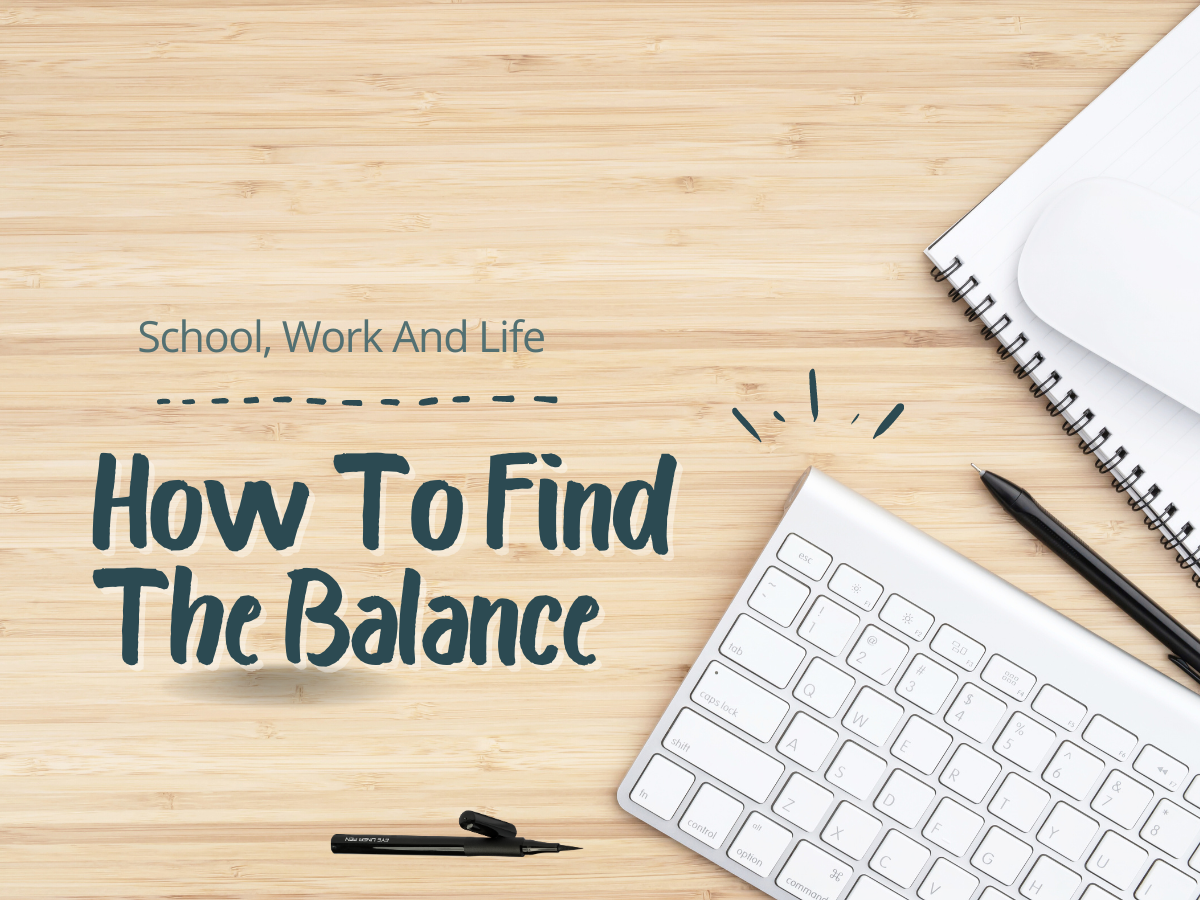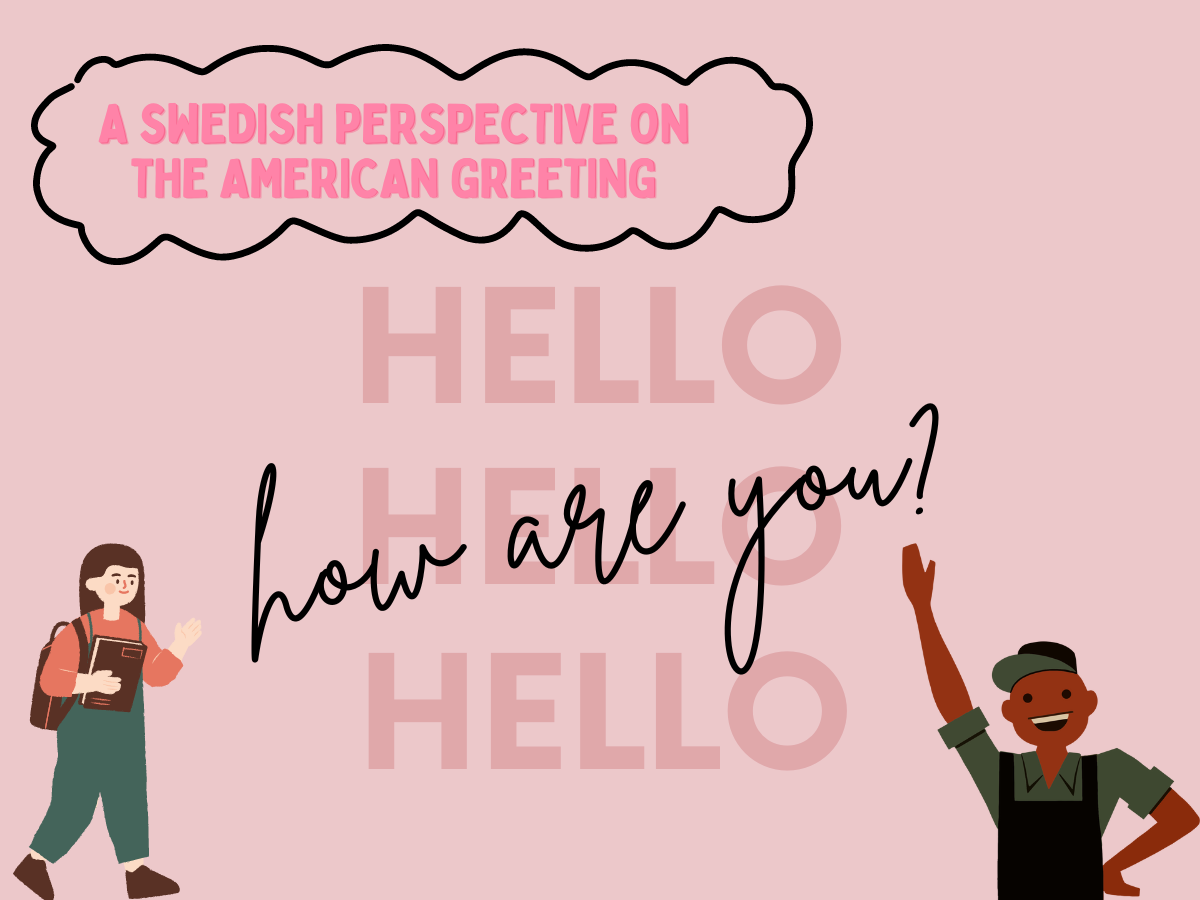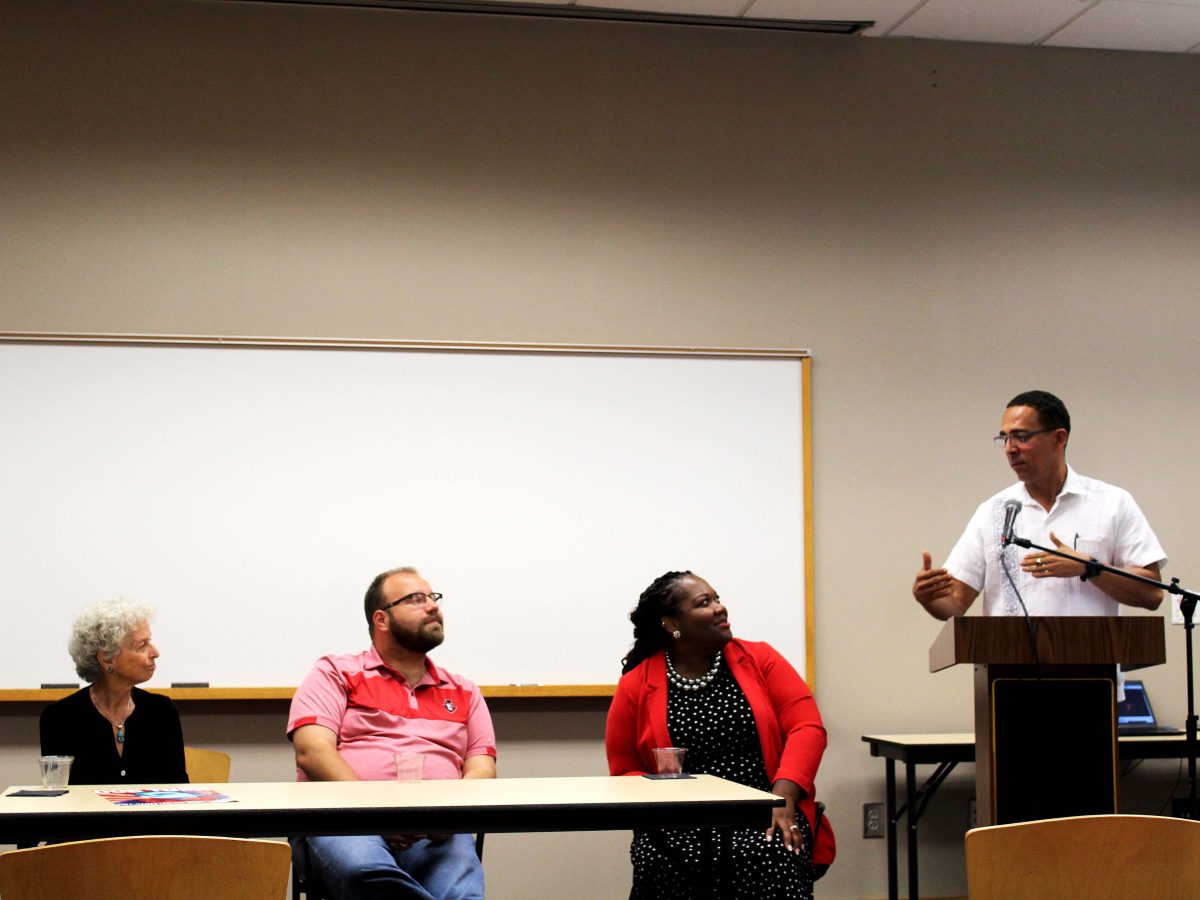The word “bisexual” is seemingly tainted with a connotation of promiscuity and indecisiveness. It is rare to find TV shows using the word at all, and when it is, sexuality becomes a substitute for character and stereotypes become truth in viewers’ minds.
In 2013, the now wildly popular Netflix original series “Orange Is The New Black” premiered, with the main character Piper Chapman saying in the first episode, “I like attractive men, and I like attractive women.”
While all signs would point to Piper being a prominent bisexual character in media, the perpetuating stigma against bisexuality in TV and movies would keep the word “bisexual” from ever being said in the show.
Piper, along with many other characters facing the same fate, would go on to have her relationship with a woman called her “lesbian phase.”
This assumption that bisexual people have to pick a side—homosexuality or heterosexuality—has even perpetuated into real life, with Larry King asserting in a 2014 interview with “True Blood” star Anna Paquin that now that Paquin is married to a man, she is no longer considered bisexual.
According to a report from GLAAD, an LGBT-centered media monitoring organization, among 881 recurring characters on primetime television, 35 were in the LGBT community with 18 of them being openly bisexual men.
Their 2013 report on films shows similar numbers, with 102 LGBT inclusive films having only one bisexual man.
This presents a problem not only for diversity in television but for the bisexual community’s visibility. Without strong and non-stereotypical bisexual characters in our media, the stereotypes of the community continue in the real world. Depitctions of bisexual people being unchaste and wanting sex from both men and women just so they can get as much as they want, or bisexuality being an “experimental phase” before choosing between straight and gay have nothing fighting against them, since writers and directors seem to want to shy away from bisexual characters.
Promiscuity and experimentation is not a problem in a character, but when this becomes commonplace for bisexual characters in the media the stereotype perpetuates into the real world and assumptions are made.
This creates a vicious cycle: People in real life are uneducated about the legitimacy of bisexuality, which leads to it not being represented well in television, which leads to a lack of education and perpetuation of stereotypes, and so on.
The act of even saying the word “bisexual” can speak volumes. Piper Chapman is never allowed to be bisexual, and therefore she is viewed as a straight character with a lesbian phase. Viewers are not allowed to appreciate her as a human, fleshed out character who also happens to be bisexual. The easiest way to make a great bisexual character is to make a character first, with their sexuality coming second. Make a bisexual character loving, hateful, manipulative or caring—as long as they are made human.
A walking stereotype contributes nothing to the community and will keep the vicious cycle of bisexuality as a taboo topic going.
For more on LGBT Representation in the media, visit blog post “When Is Representation Bad?” at theallstate.org.





